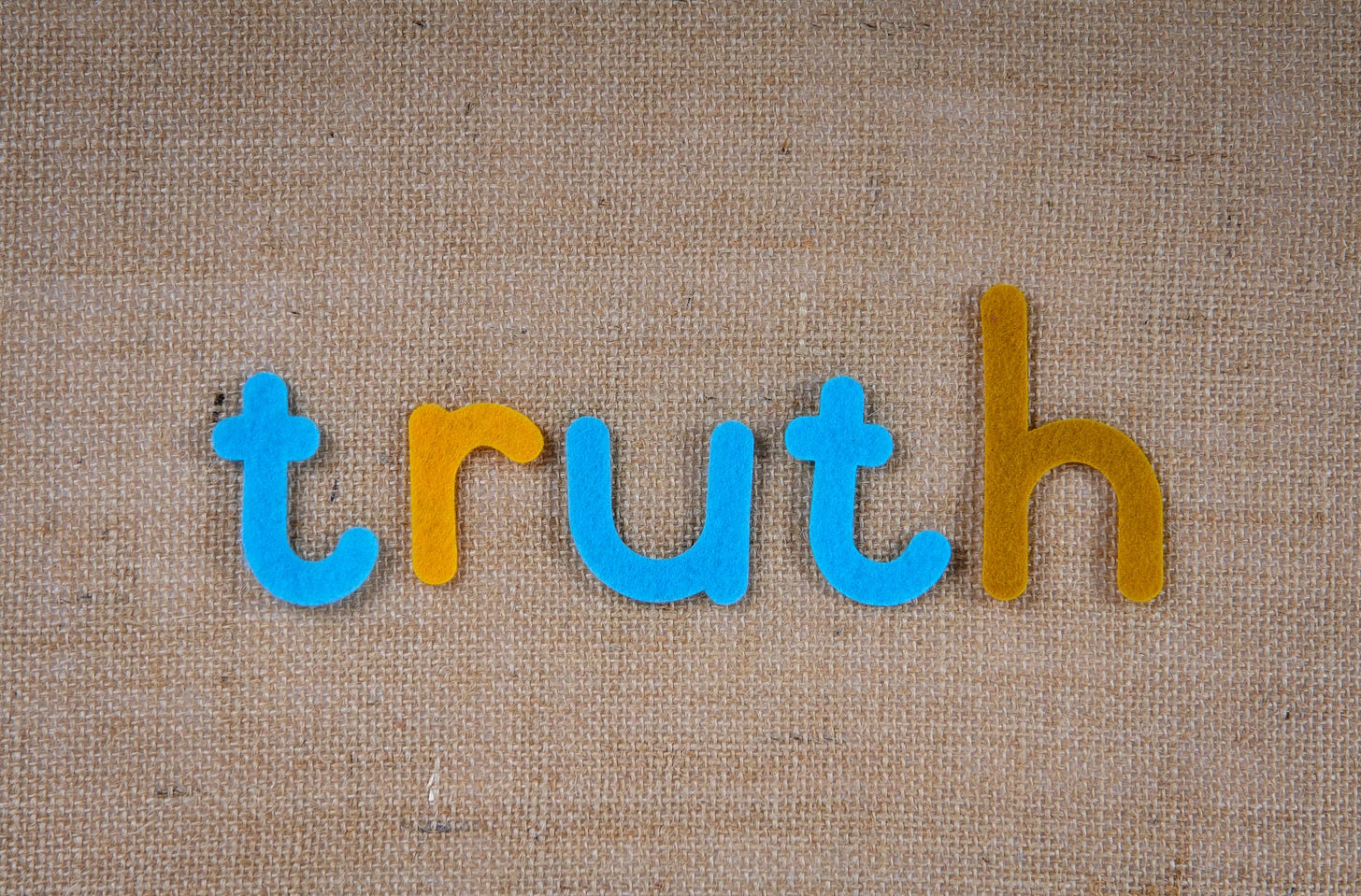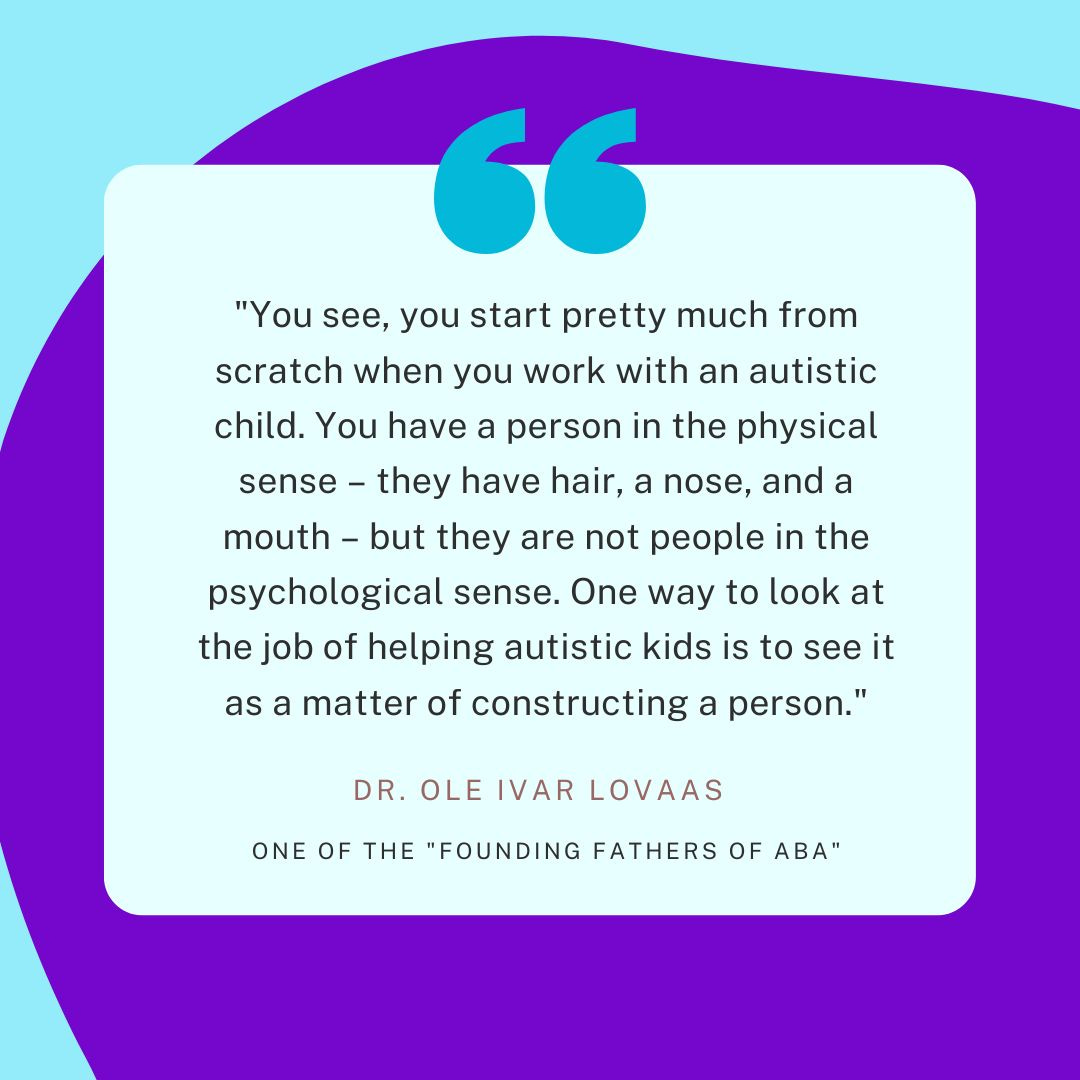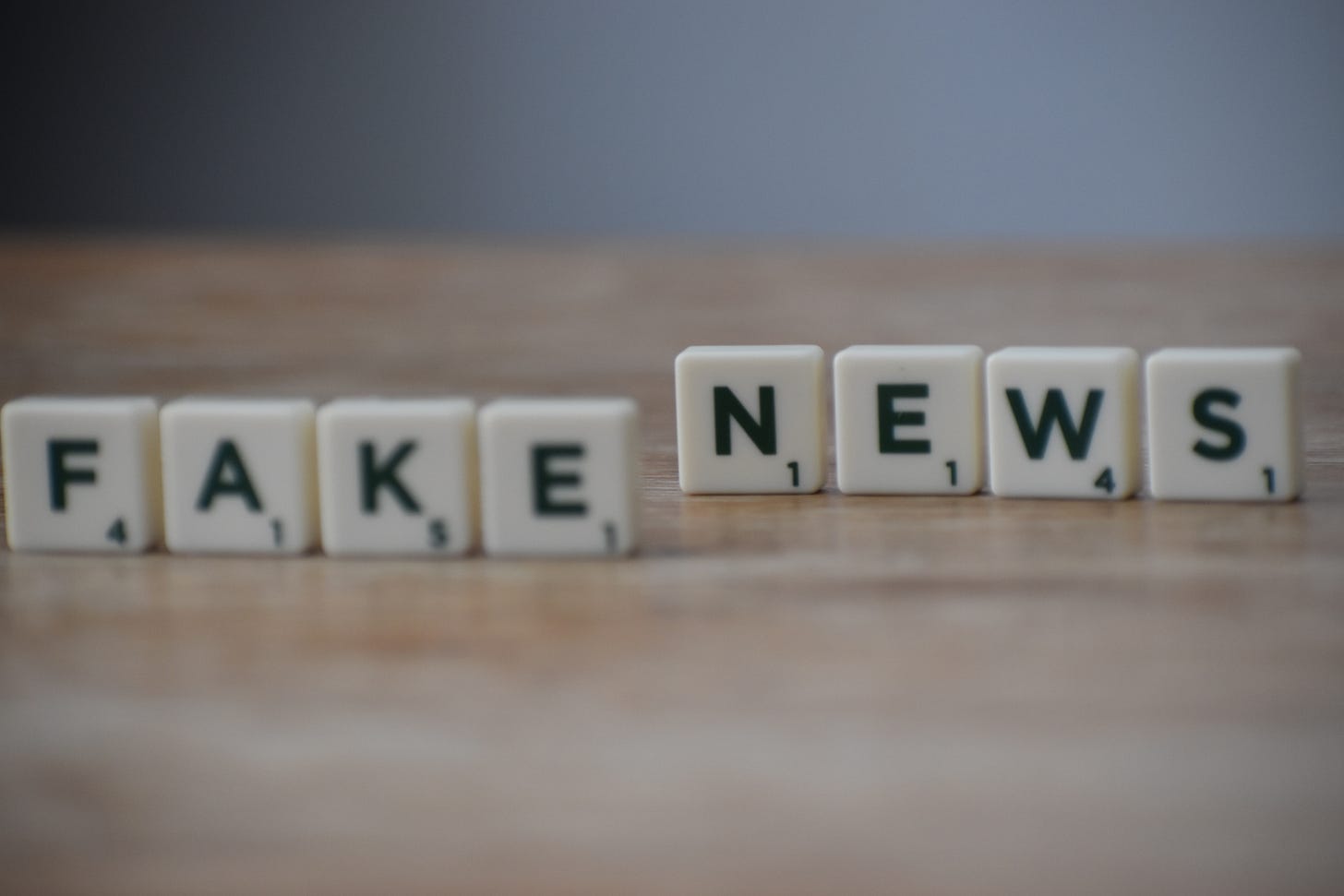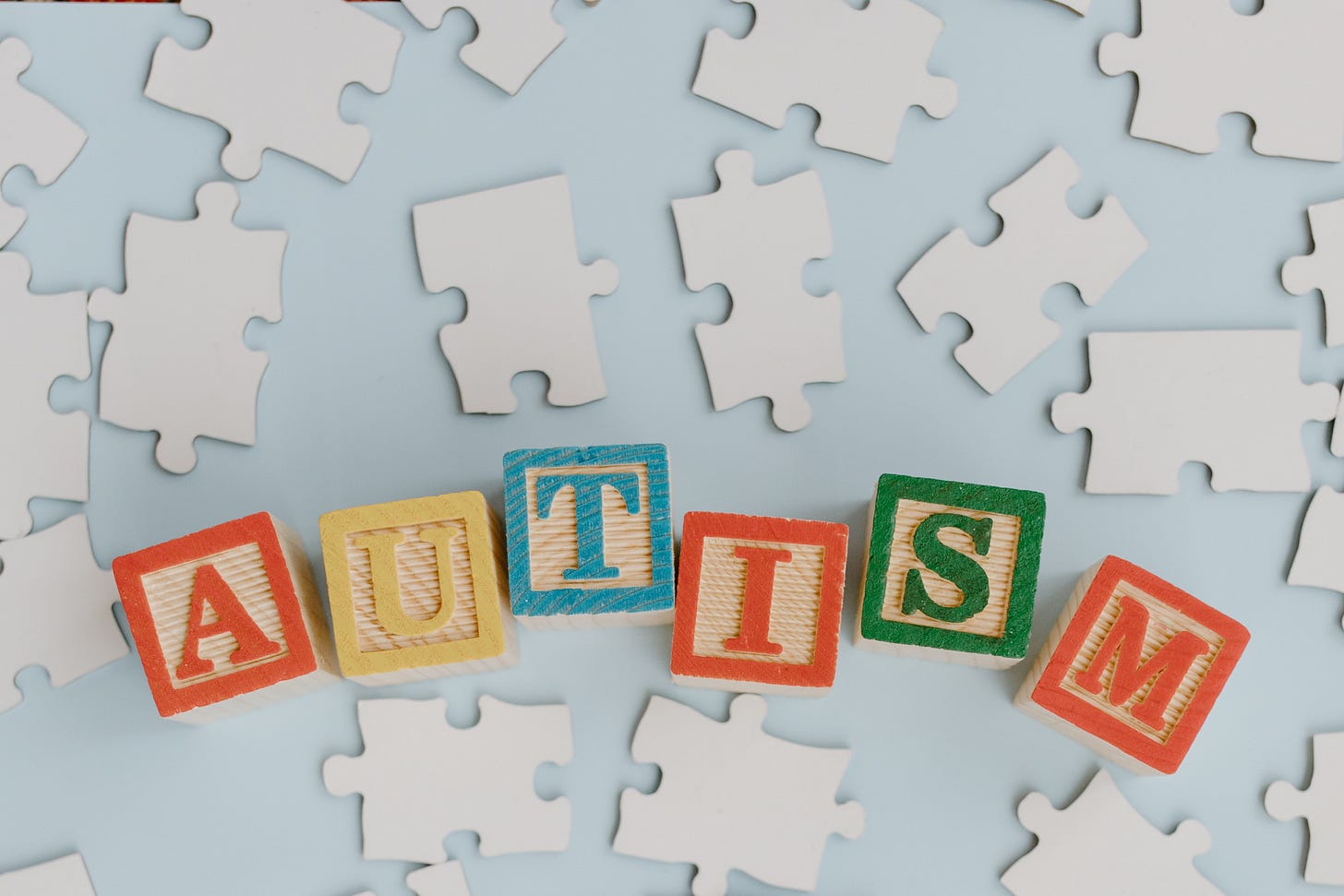The History of the Puzzle Piece (a Controversial Symbol for Autism and Autistic People), ABA, Conversion Therapy, & Autism Speaks
When I see a puzzle piece, I think of ABA as "missing a piece" and "building a person" (because I know the history). To me, it will always be something ugly.
This is a TOTALLY FREE post brought to you by our paid community members.
There may be some Autistic People who have no problem with (and may even use) versions of the puzzle piece logo for themselves.
Over the years since my diagnosis, people around me using this symbol has become a red flag.
I've been mistreated online by people who use that symbol, so when I see someone use this logo, I approach cautiously (or go the other way as quickly as possible).
Some people I encounter need help understanding the history of this symbol and will come around eventually. Others don't care (or agree with) the "missing piece" theme (because they're pro-Autism Speaks and ABA).
Many of the people who love this logo are non-autistics who feel their Autistic loved one is "puzzling to them" or that "Autism was a missing piece of information" - choosing to will new meaning onto a symbol that online is often compared to other hate symbols and flags used by various hate groups.
There are even Autistic People who champion puzzle pieces, believing we can "reclaim" something that once was horrible.
I, and many of us who know the history, WISH they wouldn't.
Autistics who favor this logo as a symbol for Autism often say they "choose to see the puzzle piece" as Autism being the "piece of the puzzle" that explains their life, choosing to ignore what this symbol was originally intended to mean.
The original "Autism Puzzle Piece" symbol came onto the scene in 1963 and was designed by a board member of the National Autistic Society in London, Gerald Gasson, in 1963.

Initially, the puzzle piece logo, designed by a non-autistic parent of an Autistic kid, which featured a green and black puzzle piece with a child CRYING on the front of it, was supposed to symbolize that "Autism was a puzzling and mysterious condition."
One problem many advocates have with the puzzle logo is that it is yet another symbol designed for us without our consent or input.
Additionally, the childish puzzle logo and stylings imply that Autism only happens to children or goes away in adulthood (when in reality, Autism is a lifelong neuro-developmental difference).
Autistic adults exist, but these childish and juvenile logos ignore that.
Another problem many of us have is the connotation that Autistic People are "a mystery" when many of us (if you bother to ask) can tell you precisely what's going on with us (even if it doesn't make sense to you).
Of course, non-autistics, who don't understand the inner workings of our minds, find us to be "confusing" and "puzzling." I find non-autistics confusing and puzzling (especially when I don't ask for clarification), too!
My biggest problem with the original logo is the crying child on the front.
The original design depicted a crying child inside the puzzle piece, representing "the sadness from the burden that Autism put on a child's life," but Autistic children don't HAVE to have sad lives.
Looking at this logo as it was intended to be (before revisions to it started to be made over the years), one can easily see that the non-autistics who created this logo thought Autism was a "bad thing" and Autistic kids were "sad" or unhappy because of their Autism (when we're often unhappy because of how non-autistics TREAT us due to our Autistic brains and presentation).
Over time, this logo has come to represent to many a view that is probably even more problematic (especially in ABA circles) that Autistic People are "missing a piece" of themselves and that IF our Autism could be "taken away" from us, we could be "whole" and no-longer Autistic.
The idea that Autistic People are "not whole" people is one that the ABA industry has pushed for years (though now they are trying to distance themselves from this narrative since more and more Autistic adults have pushed back against it).
One of the founders of ABA, Dr. Ole Ivar Lovaas, has a VERY popular quote ON RECORD about Autistic People and is known for saying the following:
"Autistic children are severely disturbed. People seem to be no more than objects to them. They show no signs of warmth toward others, they do not appear to enjoy being held. They don't play with other children. Their parents often think that they are deaf because they don't respond to noise or verbal commands. Sometimes parents think the child is visually impaired because they walk into objects as though they don't see them, and because they don't look into your eyes..."
Later in the interview, Lovaas continues:
"You see, you start pretty much from scratch when you work with an autistic child. You have a person in the physical sense – they have hair, a nose, and a mouth – but they are not people in the psychological sense. One way to look at the job of helping autistic kids is to see it as a matter of constructing a person."
- Dr. Ole Ivar Lovaas (One of the “founding fathers of ABA”).
Lovaas and the early pioneers of ABA advocated for beating the Autism out of children because they did not see Autistic People as fully human.
Lovaas and his team of monsters saw us as empty husks that looked like people but weren't truly human.
Ivar Lovaas worked closely on many of his projects with George Rekers, an anti-gay activist who, along with James Dobson (an American evangelical Christian author and founder of Focus on the Family), founded the Family Research Council - declared by the HRC to be a hate group against trans and other Queer People.
ABA and Gay/Trans Conversion Therapy are the same (even created by the same people), though they target different traits or "behaviors" as "undesirable" and needing to be "extinguished."
This is why I say trans Autistic People are in a unique place to speak on these issues (because we're likely to experience this type of trauma from multiple angles). We are also the main targets of the Conversion Therapy Industry.
George Rekers is an American psychologist and a key figure in the conversion therapy controversy around gender-diverse youth.
Lovaas and Reckers went on to work together on something called The Feminine Boy Project, using the same methods on gender-nonconforming children. This project had tragic results.
Today, we know Conversion Therapy and using coercive methods to "build the missing pieces of a person" are ineffective at best and dangerous to the mental health and safety of those enrolled in them at worst.
We see the same results with both trans and Autistic People put into "normalization therapies" - trauma, PTSD, increased rates of anxiety, depression, and suicidality.
Regardless of how this logo has changed (or what revisions have been made), the puzzle piece logo is tied into the ABA industry and the "missing piece" view of Autism (used to sell ABA and other forms of Conversion Therapy for Autistic People).
Gay/Trans Conversion therapy and ABA are linked as the puzzle logo and ABA are.
The use of this logo (one many ABA practitioners and organizations still choose to for Autism) helps to spread this stigmatizing message that Autistics are "missing something" and must “be built up” to be "real people" (regardless of what it means to you).
Knowing and understanding the true history and where this problematic logo came from is essential (especially considering how dangerous the erasure of history can be) because the ABA lobby is already trying to rewrite history around this symbol (disregarding the REAL history behind the puzzle logo).
I've even seen members of a particular pro-ABA "Council for Autism" trying to muddy the waters on this, claiming the puzzle logo was invented much later (in the 1990s) by someone else (an Autistic Person who is VERY PRO-ABA/Autistic Conversion Therapy) to confuse and obscure the symbol's true meaning.
This "Severe Autism Council of peddling+ ABA" DID NOT invent the puzzle piece.
Their version of the symbol is based on the above-mentioned original symbol. Therefore, they cannot say what (or how) this symbol was "intended to be received" (since they were not the originators of the logo).
This person, whom we'll call T-McK (who has been peddling the propaganda that he, and Autistic Person, "created THE puzzle logo"), but though T-McK did create "A PUZZLE logo," he did NOT create THE ORIGINAL Puzzle logo (as he sometimes makes it sound when telling the story/titling articles). They worked on a revised logo in the late 1990s, MANY years after the original logo was invented.
Instead of moving forward to a more positive logo, they re-invented the wheel (and went with another puzzle piece). Not very creative.
Updating an old logo (problematic and stigmatizing) and saying it "means something new" now doesn't erase the original design's harm (or the original intent of a symbol). That's like putting lipstick on a pig. A pig is still a pig, even with lipstick.
Just because an Autistic Person (with extremely problematic views) uses and endorses a symbol), it doesn't make the logo suddenly "good" because "some Autistic People like it" or "don't see a problem with it."
Even if we COULD change what people think and the history of this symbol, the bright colors of the new 1990s Autism Society of America puzzle logo still left much to be desired.
Puzzle pieces invoke thoughts of time in a child’s playroom, and the bright, bold, primary pallet of the new logo gave it an even more “childish appearance” (using colors that are physically painful to the sensory-sensitive eyes of many Autistic People).
T-McK mentions in one article that the blindingly bright colors were “intended to represent the hope of access to early interventions" (ABA/Conversion Therapies) - a goal some parents of Autistics have for us (not a dream we typically have for ourselves).
Historically (until recently), the Autism narrative, research, funding, and discussions were led mainly by non-autistic parents of Autistic Children, NeuroTypical researchers studying us, and ABA practitioners like Lovaas.
Many of the people leading these charges felt as if Autism was the "enemy to battle" that "took away normal, healthy children.”
Non-autistic parents of Autistic kids, perplexed by their children's different ways of experiencing the world, determined to make them "more normal."To many of them, Autism was a boogie man who “ruined lives” (their lives) by preventing them from having the kids they dreamed of.
These groups took to the world, sharing stories about how "horrible it was" to have a "kid with autism" (how we ruin families, cause divorces, and destroy homes).
At first (thanks to these scare campaigns), research and funding were primarily put into "finding the cause" for, “preventing,” and “curing” Autism - goals that don’t actually help Autistic People.
This was the “puzzle” of Autism the were trying to solve - “where does it come from,” and “HOW can they stop it?”
Autism Speaks (which many Autistics view as an anti-Autistic HATE GROUP) was founded in 2005, using a new version of a puzzle piece to spread "Autism Awareness."
If you want to know why many Autistic People consider Autism Speaks a hate group... watch the video below (warning it may be triggering).
I am Autism
(An anti-Autistic propaganda video the group put out in 2009):
Autism Speaks would initially use a blue puzzle logo.
The color blue was picked because, at the time, it was thought Autism was a "boys' condition" and boys, specifically children, were "more likely to be Autistic than anyone else" (more misinformation spread using this symbol, erasing adults and Autistic People who are not little boys).
Additionally, Autism Speaks used this symbol in their crusade peddling ABA (using fear-mongering tactics) in their search for answers to “battling the Autism epidemic" by finding "causes of" and possibly "preventing" Autism one day.
Autism Speaks was one of the leading champions of seeking the cause, preventing, and finding a "cure" for Autism up until 2016 when they changed their mission statement from the following:
"We are dedicated to funding global biomedical research into the causes, prevention, treatments and a possible cure for Autism. We strive to raise public awareness about Autism and its effects on individuals, families and society, and we work to bring hope to all who deal with the hardships of this disorder."
However, the new mission statement still mentioned "advancing research into causes."
Organizations like the Council and Autism Speaks use token Autistics (who will act and say what they want) to gain credibility by saying "they have an Autistic involved in their org," even if the org is led and steered by Autistic People.
Autism Speaks tried this in the past, bringing on John Elder Robinson, who resigned from his post after a quick stint as an advisory board member, stating that "the organization's leadership was disinterested in his ideas."
It seems like Autism Speaks wasn't listening to the Autistic who was speaking... big surprise. Unheard and unappreciated, the Autistic they brought in stepped down.
These organizations led by non-autistics (who think Autistic People are a burden on the world) won't let the Autistic speak UNLESS we go along with the gloom and doom pro-ABA/Conversion Therapy "autism is a burden" narrative they are spinning.
Those who speak up in these spaces will be cast out or silenced (while those devoted puppets who play along and those who remain neutral on the issues are often heavily rewarded with book and media deals, payments, interviews, speaking gigs, and sponsorships).
In the Autism World, ABA holds much of the funding. If you don't "play ball" (or play neutral) with ABA, you're automatically excluded from many conferences, sponsorships, and spaces.
In 2020, Autism Speaks changed its logo to:
Another puzzle piece!
This time - it is still blue!
But they added a little orange/pink gradient at the bottom.
They slapped some color on their logo, gave it a little "lipstick," and dressed it up, but deep down, it is still the same logo, just like when their mission statement still mentioned "advancing research into causes."

When I see a puzzle piece, I think of ABA as "missing a piece" and "building a person" (because I know the history).
It doesn't matter what "new meaning" people apply to this symbol. To me, it will always be something ugly.
I cannot pretend I don't know the symbol's origin or the harm those who use it have caused countless Autistic People, especially those before me who were forced into ABA thanks to the propaganda these "Puzzle People" pushed - that Autism was a fate worse than death.
I DO believe in reclaiming things, and I've heard some Autistics want to "reclaim this symbol" for themselves. It is not my place to tell them what they should or should not do. However, I struggle to separate what I know from what people want this symbol to be one day.






